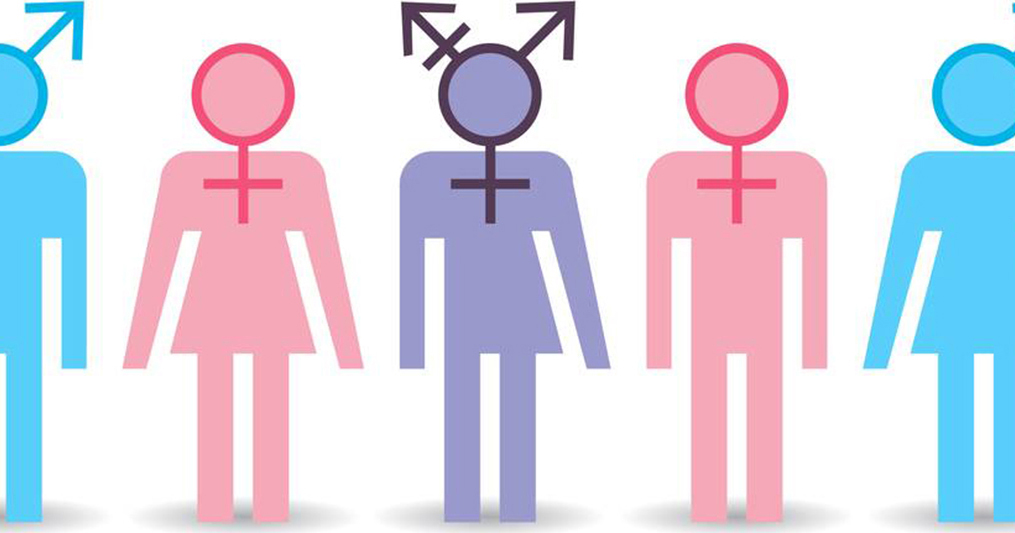Structural Explanations of GBV
The sociological approach to understanding violence against women (VAW), particularly gender-based violence (GBV), involves examining both structural and cultural explanations. In the context of Nepal, recent studies highlight various drivers of GBV, which are deeply rooted in societal norms, economic conditions, and power dynamics.
## Structural Explanations of GBV
### 1. **Patriarchal Structures**
Nepalese society is characterized by entrenched patriarchal norms that dictate gender roles and expectations. Men are often seen as the primary decision-makers and breadwinners, while women are relegated to subordinate roles within the household. This power imbalance creates an environment where violence against women is normalized and often justified.
### 2. **Economic Inequality**
Economic dependency plays a significant role in perpetuating GBV. Many women in Nepal lack financial independence, making it difficult for them to leave abusive relationships. The prevalence of informal employment, low wages, and limited access to resources further exacerbates women's vulnerability to violence. Studies indicate that economic stressors can lead to increased tensions within households, often resulting in domestic violence.
### 3. **Legal and Institutional Frameworks**
While Nepal has made strides in establishing legal protections against GBV through various laws (e.g., the Domestic Violence Act), enforcement remains weak. Institutions tasked with protecting women's rights often lack the necessary resources and training to respond effectively to GBV cases. For instance, the availability of One Stop Crisis Management Centers (OSCMCs) is limited, and many survivors face barriers in accessing justice due to stigma and fear of retribution.
## Cultural Explanations of GBV
### 1. **Social Norms and Gender Roles**
Cultural beliefs about masculinity and femininity significantly influence attitudes toward GBV. Rigid social norms dictate acceptable behaviors for men and women, often glorifying male aggression while portraying female submission as virtuous. The normalization of domestic violence as a means of asserting control over women is pervasive, with many individuals believing it is a private matter rather than a societal issue.
### 2. **Stigma and Silence**
The stigma surrounding GBV prevents many survivors from seeking help or reporting incidents of violence. Cultural taboos about discussing issues related to sexuality and violence contribute to a culture of silence, where victims fear social ostracism or retaliation from their families or communities. Recent studies indicate that a significant percentage of women who experience violence do not report it due to these societal pressures.
### 3. **Impact of Migration and Displacement**
Migration patterns also play a role in shaping gendered experiences of violence. Women who migrate for work may face increased risks of exploitation and abuse, particularly if they are in unfamiliar environments or lack support networks. Additionally, returning migrants may bring back harmful attitudes toward women that perpetuate cycles of violence.
## Main Drivers of GBV in Nepal
Recent studies have identified several key drivers of GBV in Nepal:
- **Domestic Violence**: A significant proportion of reported cases involve domestic violence, with family members often being the perpetrators. The National Women Commission's helpline statistics indicate that domestic violence constitutes about 86% of reported cases[1].
- **Child Marriage**: Early marriage increases women's vulnerability to violence as they may be unprepared for adult responsibilities and lack agency within their relationships[4]. Women married before the age of 19 are more likely to experience violence from their husbands compared to those who marry later[4].
- **Substance Abuse**: Alcohol abuse among male partners is frequently cited as a contributing factor to domestic violence, leading to heightened tensions and aggressive behavior within households[6].
- **Caste and Ethnicity**: Discrimination based on caste and ethnicity exacerbates vulnerabilities among marginalized groups, limiting their access to resources and support systems[5][8]. Women from lower caste backgrounds often face compounded discrimination, increasing their risk of experiencing GBV.
- **Economic Stressors**: Economic hardships, particularly exacerbated by crises like the COVID-19 pandemic, have led to increased instances of GBV as families struggle with financial pressures[4][8].
## Conclusion
Understanding gender-based violence in Nepal requires a comprehensive sociological approach that considers both structural inequalities and cultural norms. The interplay between patriarchy, economic dependency, legal inadequacies, social stigma, and cultural beliefs creates an environment where GBV persists as a significant issue. Addressing these drivers through integrated policy responses—such as improving legal frameworks, enhancing support services for survivors, challenging harmful cultural norms, and promoting economic empowerment—is crucial for reducing GBV in Nepal.
Citations:
[1] https://nwc.gov.np/Publication_file/5dd4f3910f867_Helpline.pdf
[2] https://www.adb.org/sites/default/files/linked-documents/55092-001-ssa.pdf
[3] https://blogs.worldbank.org/en/endpovertyinsouthasia/addressing-gender-based-violence-nepal
[4] https://kathmandupost.com/columns/2022/11/24/acting-together-to-end-gender-based-violence
[5] https://nepal.unfpa.org/sites/default/files/pub-pdf/formativeresearchbrief.englishversion.pdf
[6] https://www.kumj.com.np/issue/42/179-184.pdf
[7] https://www.medrxiv.org/content/10.1101/2024.05.14.24307359v1.full
[8] https://www.equaltimes.org/gender-based-violence-in-nepal-the?lang=en








